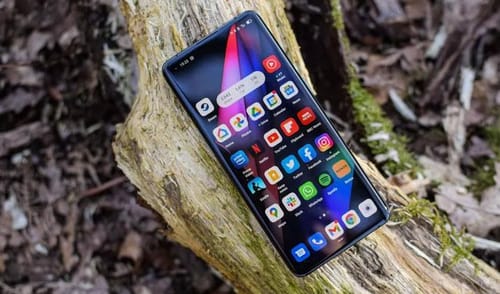 |
| LTPO technology is changing the way smartphone screens perform |
In recent years, smartphone screens have been greatly improved. Manufacturers offer higher resolutions, higher refresh rates, and better screen quality. On the other hand, LTPO technology will change many mobile phone screens.
This is because displaying the screen with a high refresh rate and high screen resolution consumes a lot of battery power. Using the phone at the highest refresh rate and resolution available can make the battery unbearable.
LTPO technology is used in smartphone screens to solve all these problems. It allows using the highest refresh rate and resolution without draining battery life. This technology first appeared in the Galaxy Note 20 Ultra, and we've seen it again in the Samsung Galaxy S21 series.
Over time, more and more companies are turning to this technology. It is present in the Oppos Find X3 Pro phones and the OnePlus 9 Pro phones. However, its distribution was not enough.
LTPO is an acronym for the long technology name, which means "low temperature polycrystalline oxide" in Arabic. In short, this technology is based on the automatic change of the refresh rate while using the phone, without any physical component responsible.
What is LTPO technology?
The entire technology is based on automatic switching from high refresh rate to low refresh rate without user intervention. This means that the phone relies on a very low refresh rate as long as it does not need to be rolled back.
Apple uses this technology in its fifth generation smartwatch, allowing it to seamlessly switch between 1 Hz and 60 Hz.
Smartphone screens require additional components to support this technology during manufacture, which means that not all software is. But as mentioned above, it can work directly without intermediate components.
Without relying on additional hardware, the phone can only switch between 60Hz and 120Hz frame rates, and the mobile phone, which takes the full form of LTPO technology, can switch between all possible speeds.
Although Apple only used this technology on the iPhone 13 Pro this year, it holds a patent for the technology. This prompted Samsung to develop a different technology that works differently because it relies on "mixed oxides" in the internal components.
Samsung successfully deployed the Galaxy S21 version and used these screens to save up to 16% power when using the phone at the highest resolution available. Therefore, this South Korean giant is considered one of the pioneers in this field. Although Apple first developed it for its watch.
